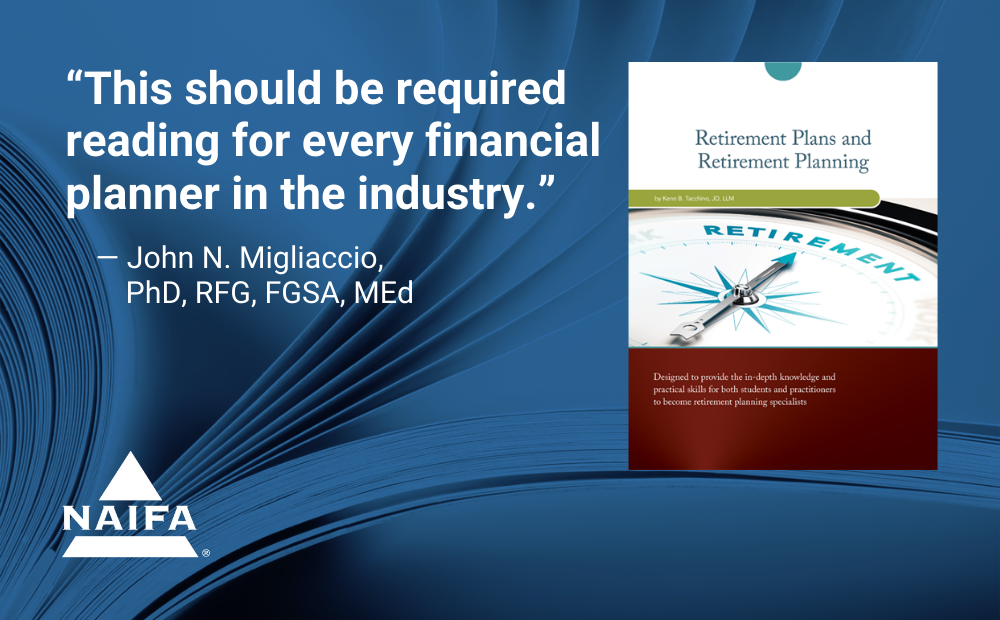According to a LIMRA study, 42 percent of Americans’ household finances caused “somewhat high” or “very high” stress levels, compared to other areas of their lives. Personal health and work issues came next, with each cited as a source of high stress by 29 percent of consumers.
“In an effort to gauge the opportunities for our member companies, LIMRA is exploring the topic of financial wellness in America,” said Jennifer Douglas, associate research director, Development Research at LIMRA. “Our first study assessed the financial wellness of all consumers relative to each other, identified where financial stress takes its greatest toll, and measured consumer receptivity to financial education programs.”
Daily stress that requires consumers’ time and attention and/or consumes their thoughts affects 7 in 10 Americans in one or more common areas such as finances, health, work, relationships and day-to-day life.
One of the leading factors associated with consumer stress involves raising children. While few consumers said this is the cause of daily stress, children in the household increase the likelihood for stress in many other areas.
Work is another source of stress that correlates with stress in other areas, but, here workers readily acknowledge the source. Half of full-time workers reported high stress from issues on the job. "Four in ten employees admit that stress is a distraction at work," said Douglas. "Yet, these workers are more likely to cite workloads, supervisors, co-workers and job security as the stressors and less likely to acknowledge personal issues as a distraction."
A look at consumers’ financial situations helps explain their high stress levels. According to the study, 42 percent have no rainy-day savings and only 18 percent are debt-free. While 60 percent of non-retirees are saving for retirement, only 32 percent have a long-term financial plan. (See Chart)
On the positive side, 8 out of 10 consumers have an interest in at least one area of financial education, with half looking for help with general budgeting.
"Consumers with the highest stress levels are looking for basic financial education like budgeting, reducing debt and understanding employee benefits. Effective financial wellness programs should address these fundamental topics, as well as retirement planning and other long term interests,” noted Douglas.
Among employed consumers, 38 percent would like to access one-on-one advice with a financial advisor through their employer. More than half of Gen Y workers (25-34) are in favor of this benefit.
The study, Financial Triage: Assessing Consumer Wellness, looks at the relationship between objective measures of consumers’ financial situations and their stress levels. It also gauges how well consumers understand financial issues and their interest in financial education.
By LIMRA









.png?width=300&height=300&name=CC%202025%20Ad%20(300%20x%20300%20px).png)
.png?width=300&height=600&name=Tax%20Talk%20Graphic%20-%20email%20tower%20(300%20x%20600%20px).png)



.png?width=300&name=NAIFA-FSP-LH%20with%20tagline%20-%20AT%20blog%20email%20ad%20(300%20x%20250%20px).png)
.png?width=728&height=89&name=2024%20Congressional%20Conference%20(728%20x%2089%20px).png)
